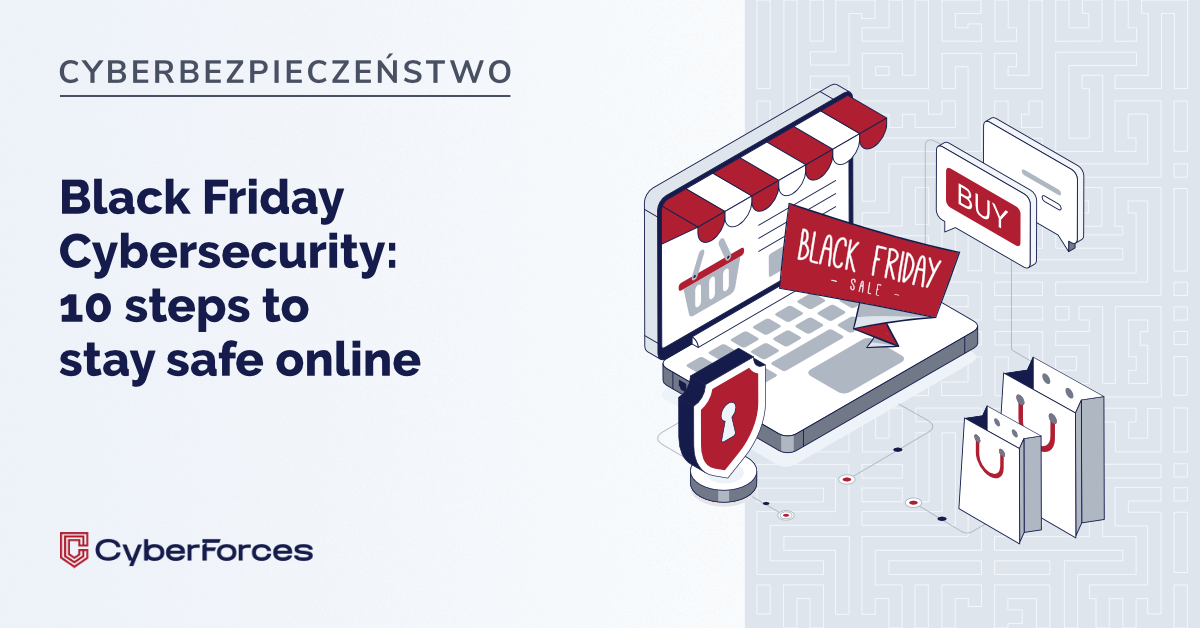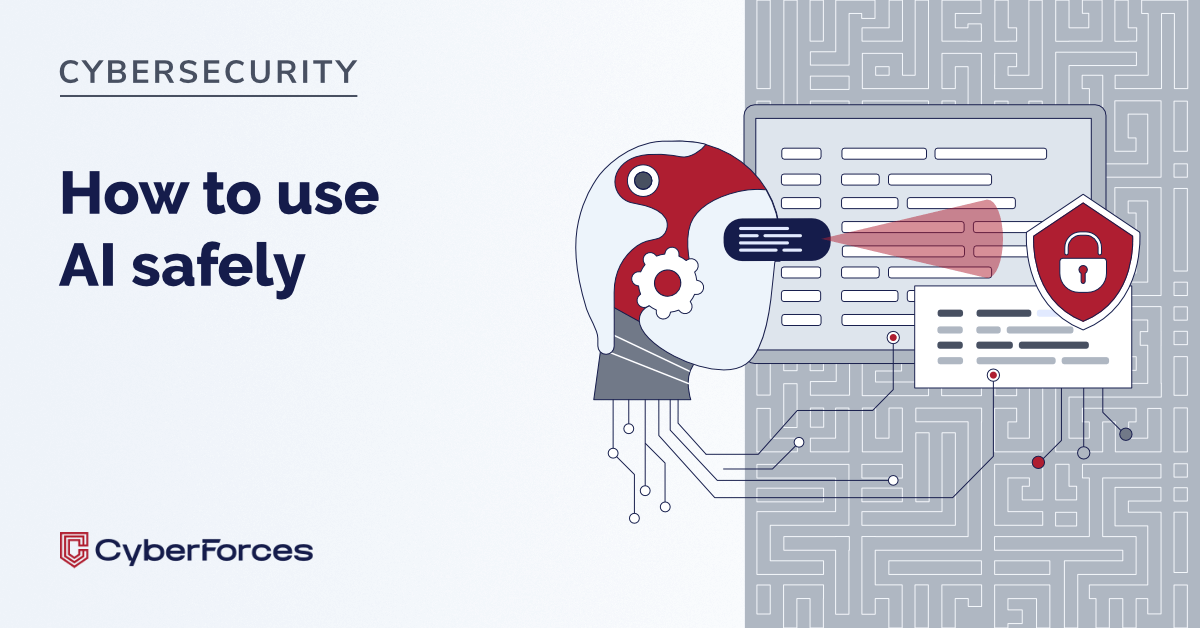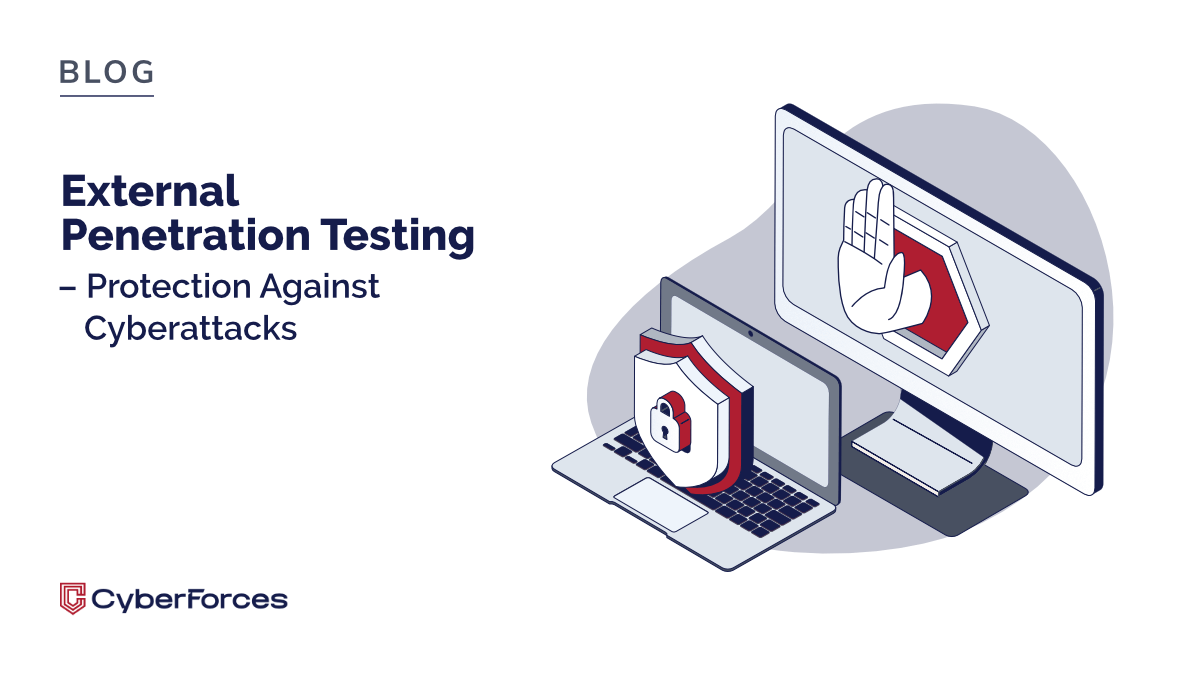Black Friday brings a flurry of online shoppers and, unfortunately, cybercriminals hoping to take advantage of the chaos. When your online store is buzzing with activity and your support team is working overtime, even small mistakes can open the door to serious security breaches.
According to Fortinet’s Threat Landscape Report, nearly a quarter of all cyberattacks in 2024 targeted retailers, while both made up over one-third of e-commerce traffic during Black Friday (Acrisure Report).
But don’t worry, with some practical preparation, you can keep your store (and your customers) safe. Here are 10 straightforward steps to help you strengthen your e-commerce cybersecurity and enjoy a smoother, safer Black Friday.
1. Keep Your Software and Plugins Up to Date
It sounds simple, but it’s often overlooked. Keeping your CMS (like WooCommerce, Magento or PrestaShop), plugins and themes up to date is one of the easiest ways to keep hackers out. Updates patch known vulnerabilities that cybercriminals love to exploit.
Pro tip: Set up automatic updates or use security tools like Wordfence to stay protected.
2. Enforce Strong Passwords and Limit Login Attempts
A password like Admin123 is the digital equivalent of leaving your store unlocked on Black Friday.
Require long, complex passwords that are changed regularly, and limit the number of login attempts. Set up alerts for any unusual administrator activity.
3. Enable Multi-Factor Authentication (MFA)
Adding a second layer of authentication such as an SMS code or app confirmation makes it much harder for hackers to gain access, even if they’ve stolen a password.
Make MFA standard for your admin panels and payment gateways.
4. Encrypt Customer Data (HTTPS/TLS)
SSL/TLS certificates aren’t just technical jargon, they’re the foundation of customer trust.
Make sure every page on your website uses HTTPS, not just the checkout.
Unencrypted pages trigger browser warnings and can cause you to lose both customers and conversions.
5. Manage User Permissions
Follow the privilege principle: each user or module should have access only the data they truly need.
Remove unused accounts and consider restricting admin panel access to specific IP addresses or VPNs.
6. Secure the Checkout Process
Black Friday is prime time for attacks like e-skimming (stealing card data) and injection attacks (inserting malicious code into payment forms).
Regularly scan your site, use a Content Security Policy (CSP) to block unauthorised scripts and implement File Integrity Monitoring to detect unexpected file changes.
7. Back Up Your Data Regularly
Backups are your safety net.
Set up automatic backups, test your restore process, and store copies in a separate location or secure cloud.
This is your best defence against ransomware and data-loss incidents.
8. Monitor Traffic and Anomalies
Keep an eye on your website traffic with security monitoring tools like SIEM and automated alerting systems.
Watch for:
- sudden spikes in requests from a single IP,
- unusual login attempts,
- unexpected increases in transactions.
These are often early signs of a cyberattack.
9. Train Your Team and Build Cyber Awareness
People are often the weakest link in cybersecurity.
Even a short, two-hour awareness session can reduce phishing risk by more than half.
Teach your team how to recognise suspicious emails and what to do if something looks off.
A well-informed team is your first line of defence.
10. Schedule Penetration Testing and Security Audits
Don’t wait until it’s too late hire a professional to audit your website and perform penetration testing, especially before busy seasons like Black Friday.
Catching vulnerabilities early is far cheaper than fixing them after an attack.
Why Black Friday Is Especially Risky
On Black Friday, everything moves faster including cyberattacks. Keep an eye out for:
- phishing scams impersonating well-known brands,
- bots generating fake traffic or hijacking customer accounts,
- hackers exploiting stress and time pressure,
- overloaded servers that increase the risk of DDoS and configuration errors.
The solution: prepare ahead with load testing, robust monitoring, multi-factor authentication, and a clear incident-response plan.
That way, you can focus on sales not security scares.
Summary
You don’t need a huge budget to strengthen your online store’s security.
A few proactive steps now can protect your customers’ trust and your revenue during the busiest (and riskiest) shopping season of the year.
Start preparing today. Secure your e-commerce platform before the Black Friday rush and keep your customers safe.





